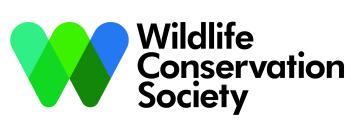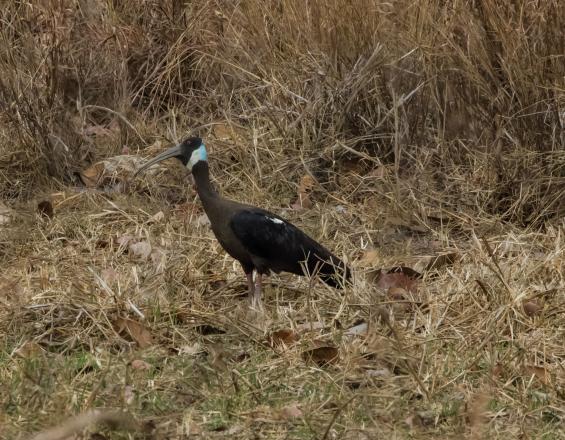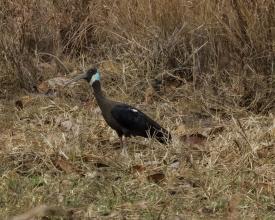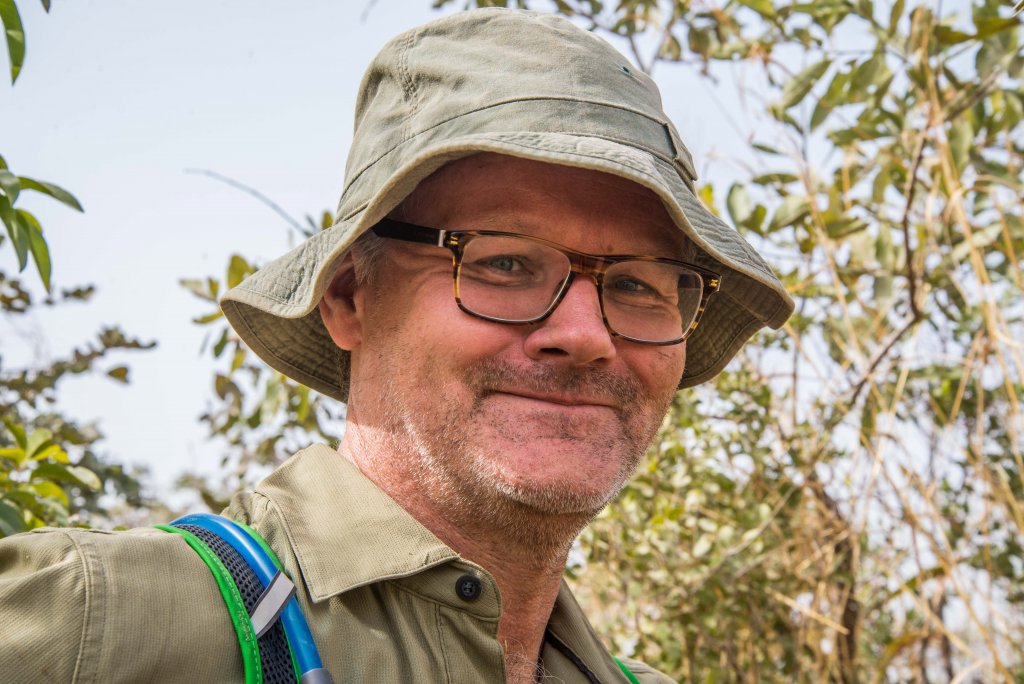
Profiting from eco-tourism in Cambodia

Through eco-tourism the WCS, park authorities, business and communities are protecting globally significant endangered species in northern Cambodia. These enterprises generate enough revenue for local people to change their behavior to more wildlife friendly ways, while also increasing their wealth. Communities manage eco-lodges and provide employment. A community payment directly linked to conservation is discretionary spending for the village committee.
Context
Challenges addressed
In Southeast Asia, protected areas have often been seen as open access lands. The resulting lack of stewardship has allowed destructive extraction to occur, and has limited the ability of communities to protect the resources upon which they rely.
Most of the local population are subsistence farmers. Therefore, the project needed to demonstrate how ecotourism could be incorporated into village land-use planning. In order to change behaviour and attitudes, the focus had to be on proving that conservation can result in tangible improvements in community livelihoods and wellbeing.
Location
Process
Summary of the process
A community payment directly linked to conservation – if the tourist does not see selected species they do not pay – is discretionary spending for the village committee that strengthens the institution, and social pressure on compliance. WCS provides independent monitoring on compliance to a set of wildlife friendly rules and agreed land-use plans. Developing these plans involved securing land tenure and user rights for previously disenfranchised communities in the park. Tourism operator, Sam Veasna Centre (SVC), set up by WCS over 10 years ago but is now independent, markets the sites to mostly international tourists under an exclusive arrangement. SVC is profitable and now makes significant annual investments in conservation. This demonstration of the value of the park beyond its biodiversity, and judicious engagement with politicians, senior bureaucrats and media, ensures support for the park remains high.
Building Blocks
Improved planning and coordination
Enabling factors
Lesson learned
Income generation and access to markets
Enabling factors
Lesson learned
Political engagement and promotion
Demonstrating the value of the protected area, community involvement, and conservation is important to align the project with political and bureaucratic imperatives. Provincial authorities have recognised this project as an example of best practice, particularly in terms of community zoning. The method has been replicated in other communities in the protected area, and the Provincial Director of the Ministry of the Environment also advised to apply the method in other wildlife sanctuaries.
A partnership with the Sam Veasna Center for Conservation (SVC), a Cambodian NGO, has provided expertise in promoting responsible tourism. SVC have ensured promotion of the ecotourism project to national and international tourists, as well as supporting tourist visit logistics. SVC also work with the local community to build their capacity for providing tourism services.
Enabling factors
- The Ministry of Environment recognises the community as a flagship community committee, allowing the committee to attend and present at several workshops throughout the country to share their experiences.
- Existence of a local NGO in Cambodia’s most popular tourism destination (Siem Reap) with a goal to promote alternative sustainable livelihoods from ecotourism for local communities at priority sites for conservation provided a natural partner for the project.
Lesson learned
Respond to the political and bureaucratic imperatives such as demonstrating value of parks beyond biodiversity. Ensure further political support – or less interference – by raising the profile and status of the park and conservation enterprises among communities and civil society such that political and bureaucratic forces respond to that support.
Impacts
- Increased populations of endangered wildlife, particularly endemic birds: the number of successfully fledged white-shouldered ibis chicks has risen from 4 in 2008 to 55 in 2016
- Improved income from tourism: total annual revenue for the community from service provision has increased from $6922 in 2009 to $18 523 in 2016
- Diversified sources of income: improves economic and social resilience
- Contribution to improving community facilities: a total of $38 546 has been paid into the community development fund from conservation-dependent payments since the project’s inception in 2008
- Project recognised by the government as an example of best practice: received a medal from the Minister of Environment
- High political support for Kulen Promtep Wildlife Sanctuary
- Raised awareness in the community about endangered species, and positive changes in attitudes towards conservation: around 40% of the community are involved in the initiative
- Community engagement in identifying drivers of deforestation: members monitor nest trees
- Several communities from within the protected area, and from other protected areas in Cambodia, have visited the project to learn from its successes
Beneficiaries
Local community, Kuy minority ethnic group, women


